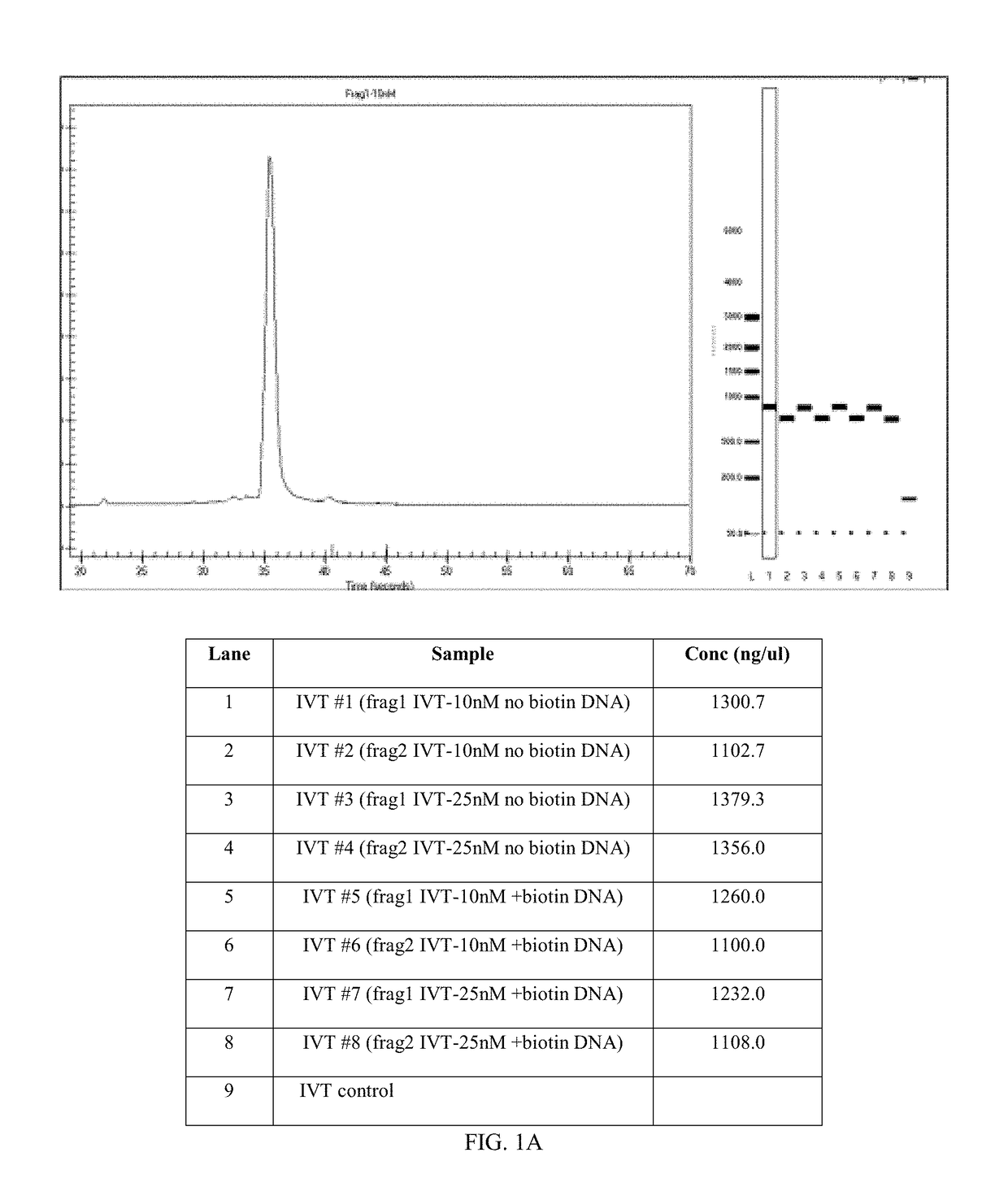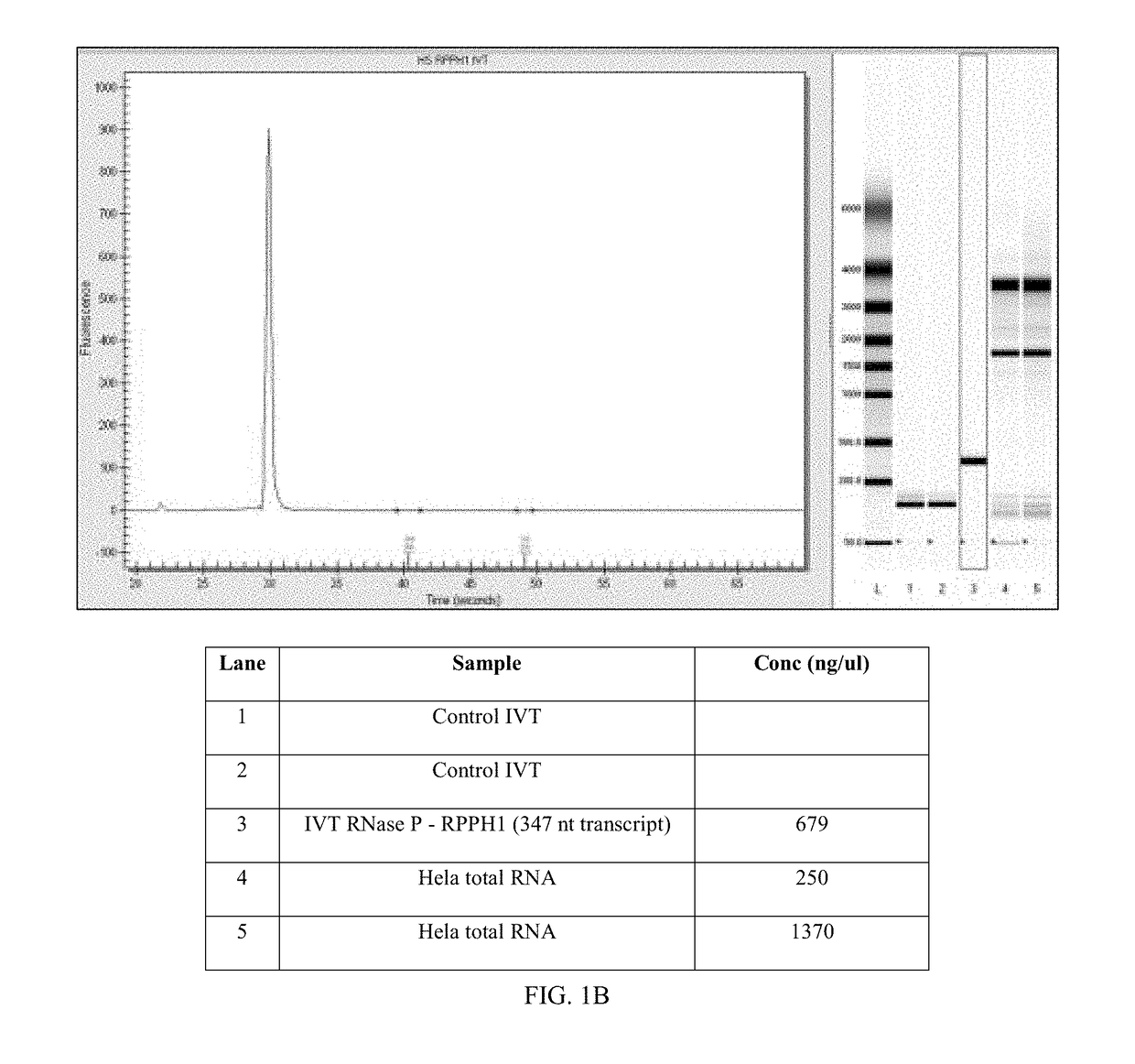Primers and probes for detection and discrimination of Ebola virus
a technology for detecting probes and ebola viruses, applied in peptide sources, biochemistry apparatus and processes, etc., can solve the problems of high mortality rate, difficult to properly diagnose a vhf, rapid disease progression, etc., and achieve the effect of rapid evaluation of a subject and rapid determination
- Summary
- Abstract
- Description
- Claims
- Application Information
AI Technical Summary
Benefits of technology
Problems solved by technology
Method used
Image
Examples
example 1
[0043]Design of qPCR Assays to Detect Zaire Ebola Viral RNA
[0044]Zaire Ebola sequences derived from isolates of infected patients in Sierra Leone that were deposited at NCBI were aligned using DNASTAR Lazergene 10 MegAlign program. The consensus sequence for the coding region of NP gene (SEQ ID No. 37), was used to design 5′ exonuclease assays using PrimerQuest software (Integrated DNA Technologies). Primers and probes were subjected to BLAST analysis to verify their inability to cross react with other Filovirus members and as well as the human genome. Ten unique assays spanning the entire coding region were chosen for further evaluation. The human RPPH1 gene was chosen for the human positive control. The sequences of the primers and probes used are shown in Table 1.
[0045]
Consensus sequence for the coding regionSEQ ID NO: 37ATGGATTCTCGTCCTCAGAAAGTCTGGATGACGCCGAGTCTCACTGAATCTGACATGGATTACCACAAGATCTTGACAGCAGGTCTGTCCGTTCAACAGGGGATTGTTCGGCAAAGAGTCATCCCAGTGTATCAAGTAAACAATCTTGAGGAAATTTGCCA...
example 2
[0047]Validation of qPCR Assays
[0048]Ten different qPCR assays were validated using DNA PCR fragments (SEQ ID NO:34 and SEQ ID NO:35) (gBlocks, Integrated DNA Technologies) for the standard curve. The sequences include a T7 RNA polymerase promoter, and if transcribed, represent the negative strand of the Zaire Ebola virus NP gene. Each qPCR reaction contained 500 nM each Forward and Reverse primer (listed in Table 1), 250 nM FAM-ZEN labeled probe (listed in Table 1) (Integrated DNA Technologies), 3 mM MgCl2, 0.8 mM dNTP mix, 0.4 U Immolase DNA polymerase (Bioline) in a final volume of 10 uL. Cycling conditions were 9510:00−(950:15−601:00)×40 and the assays were run on a CFX384 real time thermocyler (BioRad). Zaire_Ebola_NP_frag1_negative strand_T7 (SEQ ID NO:34) was used as a standard curve for assays 1, 2, 3, 5, 6, 9. Zaire_Ebola_NP_frag2_negative strand_T7 (SEQ ID NO:35) was used as a standard curve for assays 4, 7, 8, 10. The standard curves ranged from 1E6-1E1 copies. A human sp...
example 3
[0051]Synthesis and Characterization of In Vitro Transcribed RNAs for Standards and Plasma Spike in Controls
[0052]Negative strand RNA was generated from Zaire_Ebola_NP_frag1_negative strand_T7 gBlock (SEQ ID NO:34), using the MEGAshortscript T7 kit (Life Technologies) following the manufacturer recommended protocol using 10 nM final concentration of PCR product. The 870 base RNA was treated with TURBO DNase (Life Technologies) and purified using the MEGAclear kit (Life Technologies). The RNA was visualized on an Experion electrophoresis system (BioRad) as shown in FIG. 1A, Lane 1, and quantitated with a NanoDrop 2000 (Thermo Scientific). The RPPH1 RNA was generated in a similar manner using RRPH1 gBlock_T7 (SEQ ID NO:36) (25 nM final gBlock concentration). The 347 base RPPH1 RNA is shown in FIG. 1B, Lane 3. The electropherogram for each RNA shows a single major peak of the expected length.
PUM
| Property | Measurement | Unit |
|---|---|---|
| temperature | aaaaa | aaaaa |
| volume | aaaaa | aaaaa |
| PCR efficiency | aaaaa | aaaaa |
Abstract
Description
Claims
Application Information
 Login to View More
Login to View More - R&D
- Intellectual Property
- Life Sciences
- Materials
- Tech Scout
- Unparalleled Data Quality
- Higher Quality Content
- 60% Fewer Hallucinations
Browse by: Latest US Patents, China's latest patents, Technical Efficacy Thesaurus, Application Domain, Technology Topic, Popular Technical Reports.
© 2025 PatSnap. All rights reserved.Legal|Privacy policy|Modern Slavery Act Transparency Statement|Sitemap|About US| Contact US: help@patsnap.com



